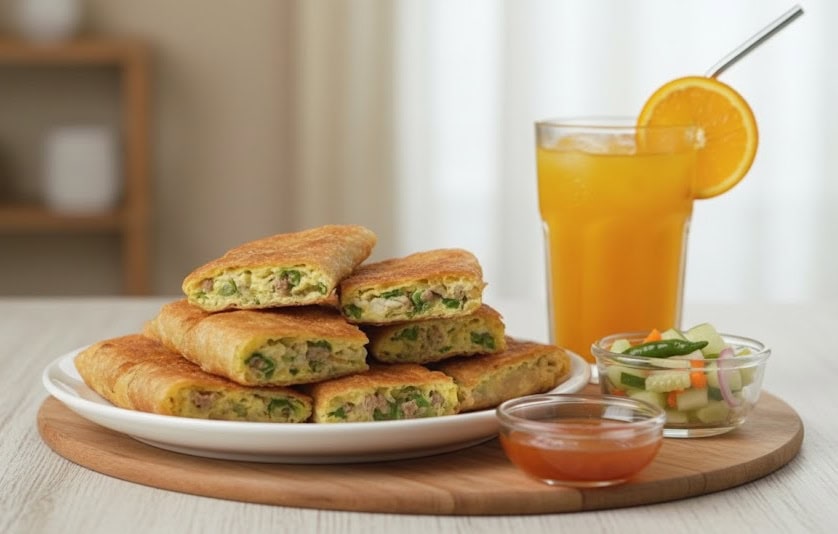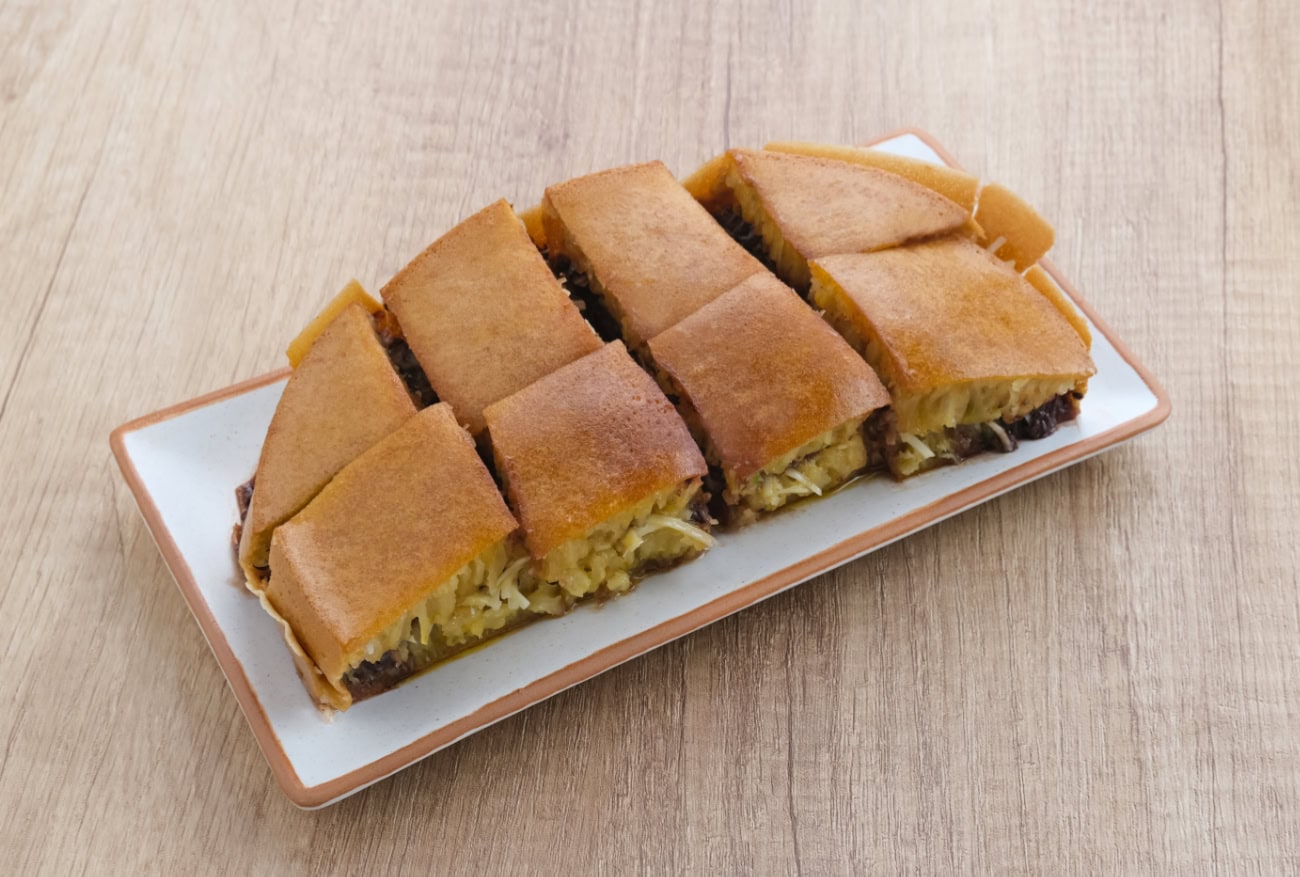Among the bustling street food scenes of Indonesia, one dish reigns supreme as a beloved national snack, enjoyed by locals and travelers alike: Martabak. This versatile and utterly delicious dish comes in two distinct forms – sweet and savory – each offering a unique culinary experience. Whether you crave a rich, decadent dessert or a crispy, flavorful savory bite, Martabak is a must-try that embodies the vibrant and diverse flavors of Indonesian street food.
Martabak Manis: The Sweet, Thick Pancake
Martabak Manis, literally meaning “sweet Martabak,” is a thick, fluffy pancake often likened to a giant, indulgent dessert pizza. It’s a staple at night markets and street stalls across Indonesia, known for its rich texture and generous toppings. The preparation is a spectacle in itself, as vendors pour a thick, yeasted batter onto a large, round griddle, cooking it slowly until it develops a characteristic bubbly, porous surface.
Key Characteristics and Toppings:
- Texture: The cooked pancake is thick, soft, and spongy on the inside, with a slightly crispy bottom.
- Butter/Margarine: Once cooked, the hot pancake is generously slathered with butter or margarine, which melts into its porous surface, adding richness and flavor.
- Classic Toppings: The traditional toppings are a delightful combination of:
- Chocolate Sprinkles (Messes): A generous scattering of chocolate sprinkles.
- Crushed Peanuts: Providing a satisfying crunch and nutty flavor.
- Sweetened Condensed Milk: Drizzled liberally over the toppings, adding creaminess and extra sweetness.
- Grated Cheese: A surprisingly popular addition that offers a salty counterpoint to the sweetness, creating a unique sweet-savory balance.
- Modern Variations: Beyond the classics, modern Martabak Manis stalls offer a plethora of creative toppings, including Nutella, Oreos, red velvet, green tea, and various fruit jams, catering to contemporary tastes.
After the toppings are applied, the large pancake is folded in half, cut into squares or rectangles, and served warm. Each bite is a burst of sweet, buttery, and often crunchy goodness, making it an irresistible treat.
Martabak Telur: The Savory, Crispy Egg Pancake
In stark contrast to its sweet counterpart, Martabak Telur (egg Martabak) is a savory, crispy, and often spicy dish. It’s a thin, folded pancake filled with a flavorful mixture of minced meat (typically beef or chicken), eggs, and finely chopped spring onions or other vegetables. This version is believed to have originated from India or the Middle East and was adapted into Indonesian cuisine.

Key Characteristics and Preparation:
Thin Dough: Unlike Martabak Manis, Martabak Telur uses a very thin, almost paper-like dough that is stretched and folded around the filling. The skill of the vendor in stretching this dough without tearing it is impressive.
Savory Filling: The filling typically consists of a seasoned mixture of minced meat (often beef or chicken), beaten eggs, and finely chopped spring onions, sometimes with other spices like curry powder.
Deep-Fried: The filled dough is then deep-fried until golden brown and crispy. The rapid cooking ensures the exterior is crunchy while the interior remains moist and flavorful.
Accompaniments: Martabak Telur is usually served with a side of pickled cucumbers and carrots, and a tangy, spicy dipping sauce, often made with vinegar, chili, and sugar. Some regions also serve it with a curry sauce.
Martabak Telur is a hearty and satisfying snack or light meal, perfect for those who prefer savory flavors. The combination of the crispy exterior, the rich, savory filling, and the tangy dipping sauce creates a complex and addictive taste experience.
History and Cultural Significance
The history of Martabak in Indonesia is a fascinating tale of culinary adaptation and cultural exchange. The savory version, Martabak Telur, is thought to have been introduced by Indian traders and immigrants, evolving from the murtabak found in other parts of Southeast Asia and the Middle East. The sweet version, Martabak Manis, is believed to be a local Indonesian innovation, possibly inspired by Chinese pancakes or local sweet treats.
Both types of Martabak have become deeply ingrained in Indonesian street food culture. They are popular late-night snacks, often enjoyed with friends and family. The sight and smell of Martabak stalls, with their sizzling griddles and bustling activity, are an iconic part of the Indonesian urban landscape.
Where to Find and How to Enjoy
Martabak stalls are easily found in almost every city and town across Indonesia, especially in the evenings. Look for vendors with large, specialized griddles and a crowd of eager customers – a sure sign of a good Martabak.
- Street Stalls: The most authentic experience is found at dedicated Martabak street stalls, often identified by their bright lights and the aroma of cooking.
- Night Markets: Many night markets will have several Martabak vendors, allowing you to compare and choose.
- Customization: Don’t hesitate to ask for your preferred toppings or level of spiciness for Martabak Telur.
Whether you’re indulging in the sweet decadence of Martabak Manis or savoring the savory crunch of Martabak Telur, this iconic Indonesian dish offers a delightful and memorable culinary adventure. It’s a true taste of the country’s vibrant street food culture, promising satisfaction with every bite.

